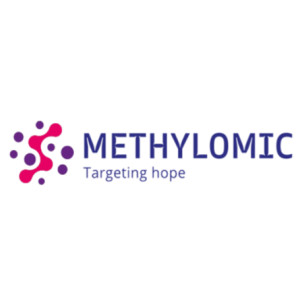 \
&
Contact us
\
&
Contact us
 \
&
Contact us
\
&
Contact us
Published on | 7 months ago
Programmes Defence NATO-EDA🚨Calling deep tech, dual-use innovators🚨
Interested in joining the DIANA programme?
We're excited to share that DIANA's latest Challenge Call will open next month. Successful candidates will become part of DIANA’s 2026 cohort of innovators.
DIANA formulates ‘Challenges’ based on the priorities of NATO Allied nations, the latest trends in emerging and disruptive technologies, and market potential.
Through DIANA’s Challenge Calls, innovators propose technologies that could address these challenges, which they then develop with feedback from end-users and potential buyers as they go through DIANA’s Accelerator Programme.
If you're an innovator with a game-changing technology that could help address some of the world’s most complex and profound security challenges, make sure you follow the DIANA website or the DIANA LinkedIn page for updates.
Also see the follwing events: https://ncpflanders.be/activities/diana-challenge-call-webinars-on-may-22nd-june-5th-and-19th
👉 Watch the video of the first webinar from 22 May: https://lnkd.in/dAT3_Uqw
We offer news and event updates, covering all domains and topics of Horizon Europe, Digital Europe & EDF (and occasionally, for ongoing projects, Horizon 2020).
Stay informed about what matters to you.
By signing up, you can opt in for e-mail notifications and get access to
a personalised dashboard that groups all news updates and event announcements in your domain(s).
Only for stakeholders located in Flanders

The METHYLOMIC project, ‘targeting hope for personalised medicine in immune-mediated inflammatory diseases’ obtained funding from Horizon Europe’s Health Cluster. The project aims to personalise treatment allocation and enhance the effectiveness of medications for chronic immune-mediated diseases such as Crohn’s disease, rheumatoid arthritis, and psoriasis. BIRD, the Belgian inflammatory bowel disease research and development group, is a partner in the project and is involved in the OmiCrohn trial, a prospective randomised clinical trial for individualised therapy in Crohn’s disease patients. With BIRD’s active role in this trial, the project is set to deliver predictive, biomarker-based therapies that bring renewed hope for Crohn’s disease patients across Europe.